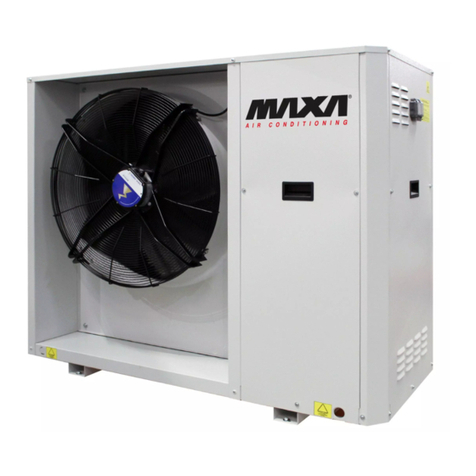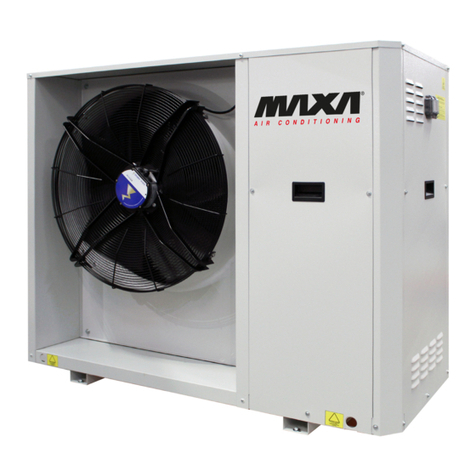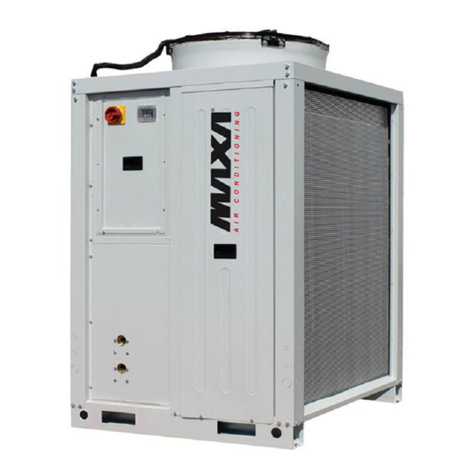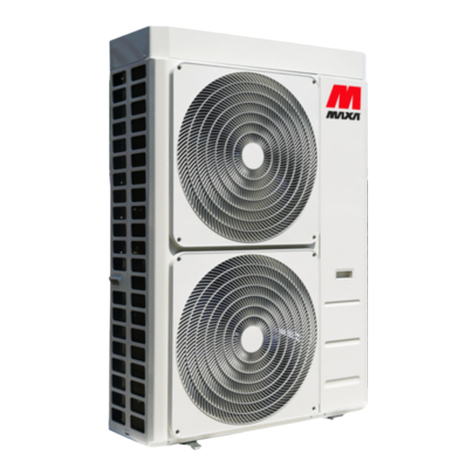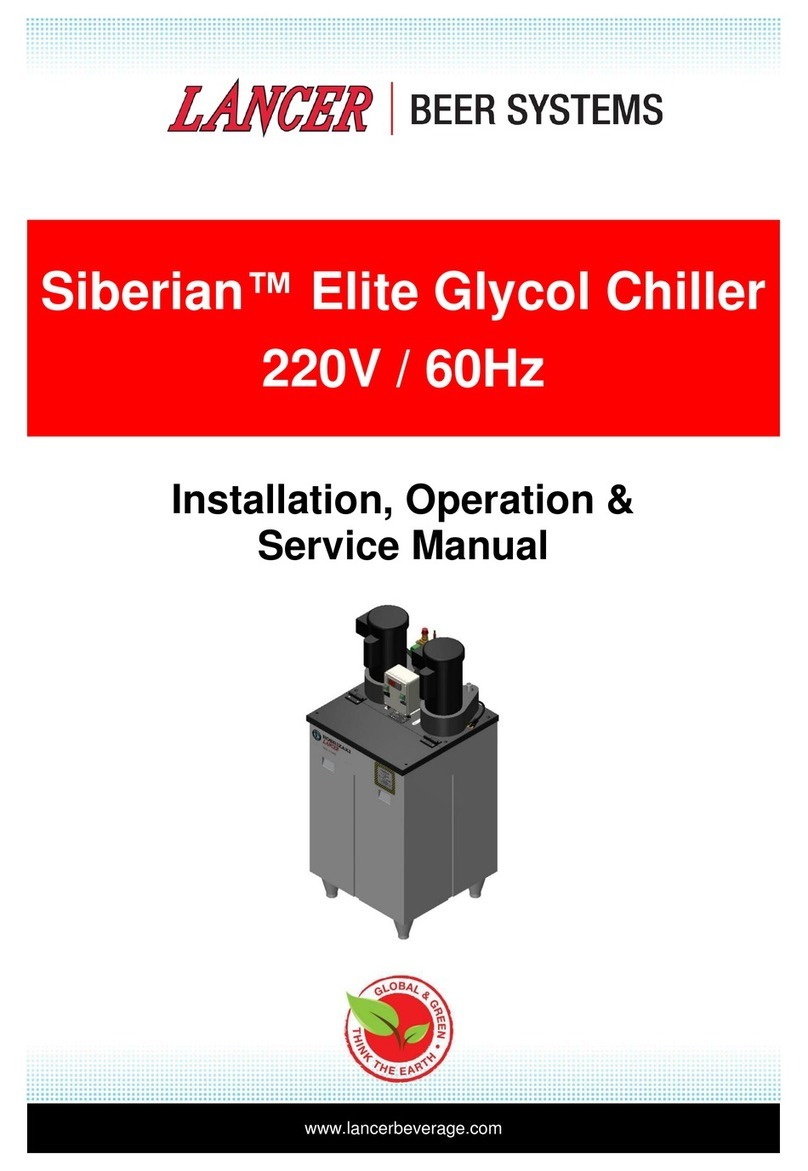
5
AIR CONDITIONING
1. PREMESSA
1.1 INFORMAZIONI GENERALI
Questo manuale contiene le norme di installazione, uso
e manutenzione dei refrigeratori HWA-A, evidenziandone
ri schi e pericoli connessi. Esso è stato espressamente
studiato e sviluppato per permettere al personale pre po-
sto un utilizzo facile e in sicurezza dei refrigeratori d’ac qua
HWA-A. Leggere attentamente e completamente tutte
le in for ma zio ni in esso riportate. Prestare par ti co la re
at ten zio ne alle norme evidenziate con
in quanto se non osservate possono causare danno alle
persone, all’ambiente e/o alla macchina stessa.
La società declina ogni responsabilità per qual si a si uso
im pro prio della macchina, per mo di fi che alla stessa
non au to riz za te o per la non osservanza delle norme
riportate sul manuale.
Il manuale deve essere conservato il luogo sicuro e messo
a disposizione del personale addetto alla conduzione
ed alla manutenzione del refrigeratore.
1.2 ALLEGATI
Fanno parte integrale del presente manuale i documenti
evidenziati a pag. 2.
1.3 AVVERTENZE
Le unità HWA-A sono state progettate e costruite per
ga ran ti re nel tempo grande affi dabilità di esercizio e
massima sicurezza; per questo e grazie alle scelte pro-
gettuali e realizzative, la società può ga ran ti re la totale
con for mi tà agli standard di sicurezza CE.
Ulteriore garanzia è assicurata dai collaudi cui la mac-
chi na è stata sottoposta in fabbrica.
All’utente resta quindi soltanto l’impegno di un uso
proprio e di una manutenzione preventiva conforme alle
in di ca zio ni contenute in questo manuale.
Ogni intervento, di qualsiasi natura, sulla
macchina deve essere preceduto da una
attenta lettura del presente manuale in tutte
le sue parti.
1. INTRODUCTION
1.1 GENERAL INFORMATION
This manual contains the installation, use and main te-
nance instructions for the HWA-A chillers, and highlights
all connected risks and perils. It has been expressly
pre pared and written to allow authorised users to use
the HWA-A water chillers in complete safety and with
the greatest of ease. Please read the whole of this
manual with care, paying special attention to the sec-
tions marked with
as non-compliance may cause harm to people, de te ri o rate
the environment and/or damage the unit.
The company declines all responsibility for any improper
use of the unit, unauthorised modifi cations or non-com-
pli ance with the instructions contained in this manual.
Please keep this manual in a safe place and make it
available to chiller operators and maintenance men.
1.2 ATTACHMENTS
The documents shown on page 2 form an integral part
of this manual.
1.3 WARNINGS
The HWA-A units have been designed and built to en-
sure long-term operating reliability and maximum safety;
for this reason and thanks to the company’s design and
con struc tion policy, the company is able to guar an tee that
this product totally complies with EC safety stand ards.
A further guarantee of this is provided by the factory
tests carried out on the unit.
The user, therefore, must only ensure the unit is properly
used and that maintenance operations are carried out
according to the indications contained in this manual.
The unit should not be touched until the whole of this
manual has been carefully read.
